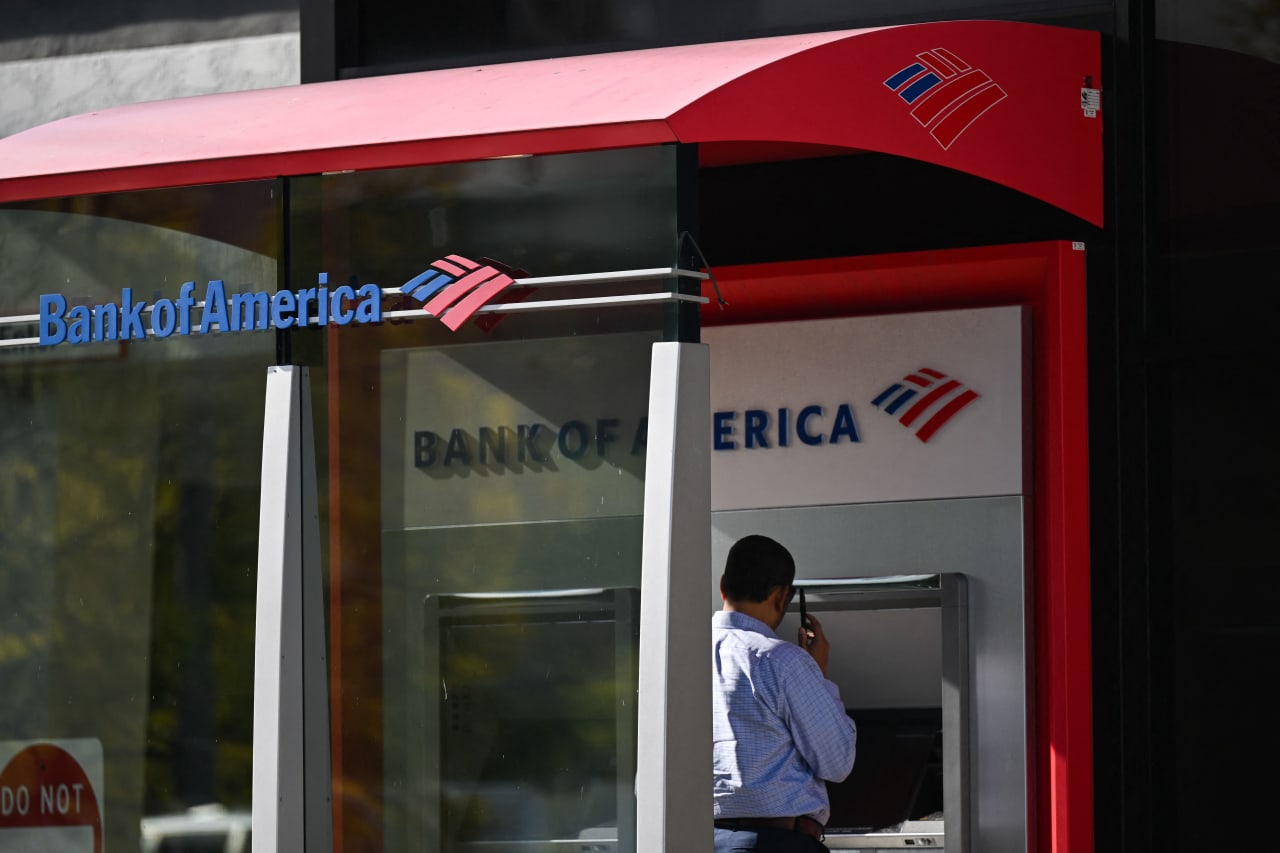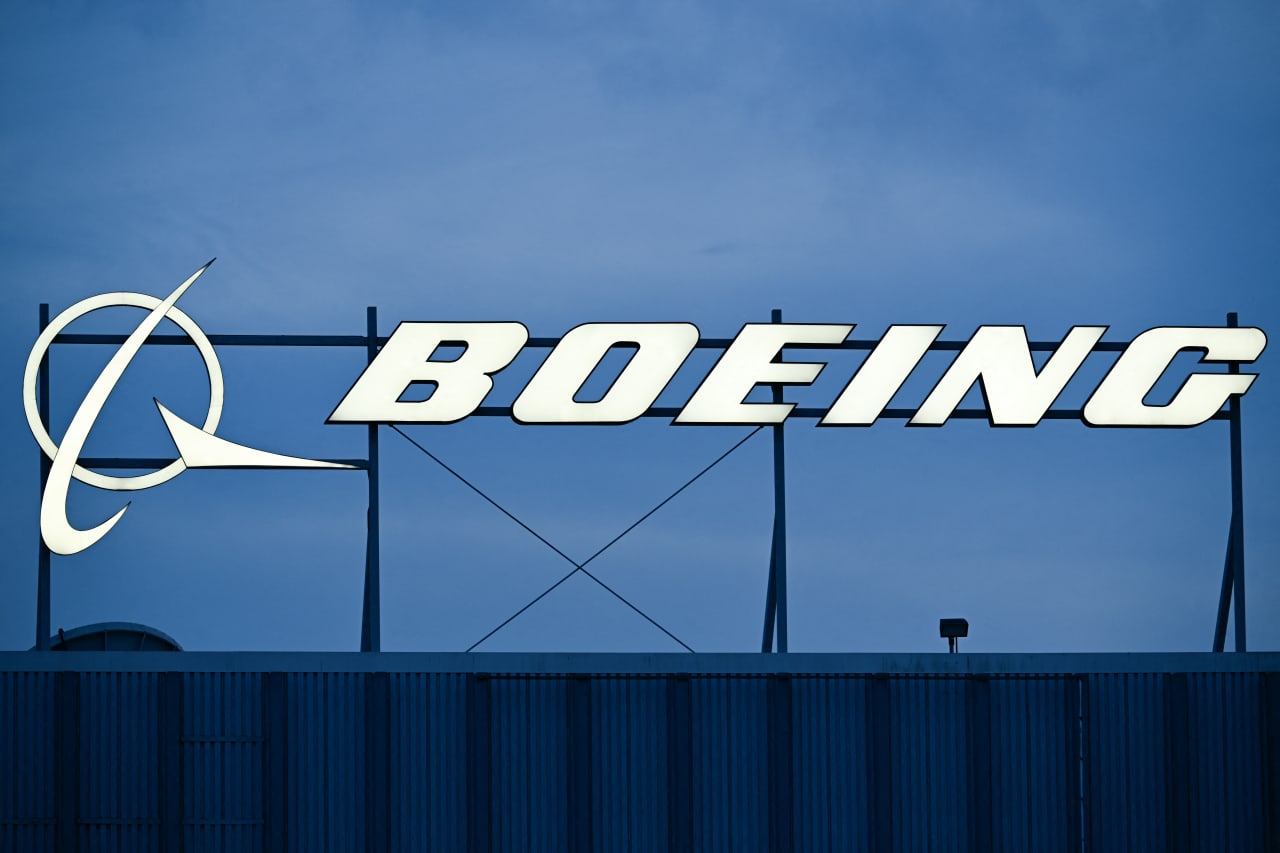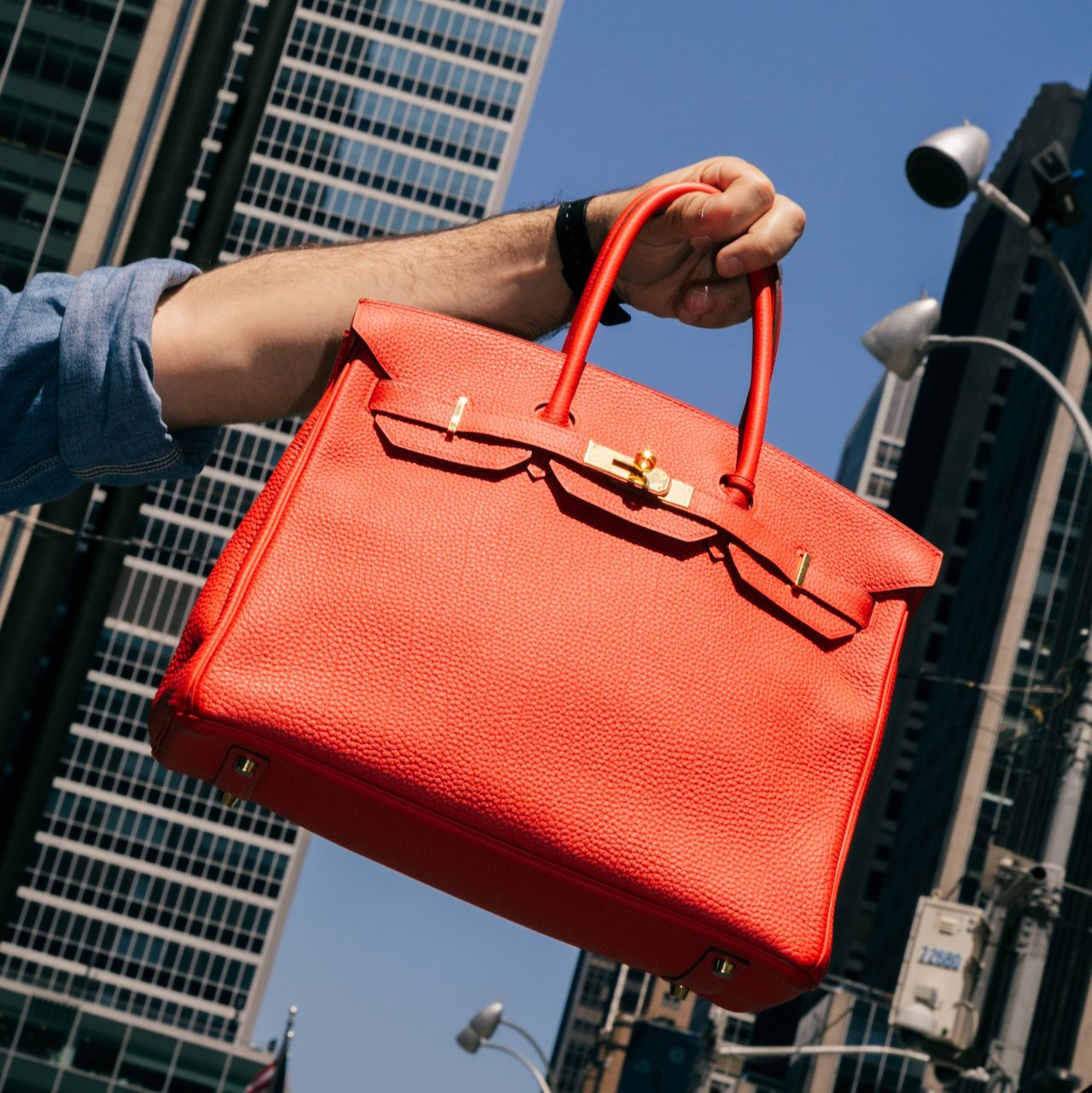Future Returns: Investing In The Cannabis Industry
The stigma once associated with cannabis has dropped off dramatically.
Several years ago Morgan Stanley did a poll of over 1,000 high-net-worth investors to see if they’d invest in legal cannabis. A full 65% said they were not likely to invest if cannabis were legalised in the next 12 months.
But Matt Bottomley, equity research analyst at Canaccord Genuity in Toronto, doesn’t hear this same level of objection to the industry today, and for good reason. “At the end of the day, I think the U.S. cannabis sector at maturity is probably US$80 billion to US$100 billion in sales,” he says.
The stigma once associated with cannabis has dropped off dramatically, and within the past month states including New York and Virginia, as well as Mexico, have either legalised it or announced plans to do so.
“You’re going to see it slowly, over the next years and decades transition from a more traditional consumer-packaged goods market,” Bottomley says. Presently, leading U.S. companies “are kind of doing everything in every market,” he says—from growing to producing, up to creating edibles and even operating retail in some markets. As legalisation expands across the world, big pharma may look to get in on it, changing valuations.
Big-name companies trading in the U.S. such as Canopy and Tilray see their stock prices appreciate when pro-legalisation stories hit the news. But because cannabis is still a Schedule I drug, meaning tightly regulated by the government, Bottomley says, “the fundamentals are not necessarily going to flow down to those types of companies.”
Meanwhile, leading American companies like Curaleaf or Trulieve trade on Canadian junior exchanges, less easily accessed by the overall U.S. retail investor market. He thinks there’s a tremendous amount of capital yet to come into this space. Many companies, he adds, are underserved by institutional investors as well.
“Over the long term if you pick the right horses in the sector, there’s still quite a lot of growth to be had.”
Here are three things Bottomley says to keep in mind when investing in the cannabis sector.
Take Stock of Your Risk Profile
Investors entering the cannabis market have to consider their risk thresholds. “All of our buys on cannabis stocks to date are all speculative buys, and we do have holds and sells as well,” Bottomley says.
The sector can be home to wild price swings where for weeks at a time stocks go in one direction, before pivoting and going the other way. If they consider a 2%-to-3% move in a day outside their risk threshold, it might not be for them. Especially because the “wild directions” stocks move in aren’t necessarily tied to company performance.
Bottomley says it also requires a lot of patience. “You really have to be comfortable about where you are on that growth curve and how far ahead of markets opening up—you want to invest your incremental dollar to get ahead of what could eventually be a very large push upward.”
Valuation is Relative
Cannabis is a sector where policy announcements about the future of legalisation can cause stocks to move in the same direction, but investors can’t let that alone sway them. Even if every cannabis stock is moving up or down, and the shift seems uniform, Bottomley advises exercising caution.
Not every cannabis company has exposure to the same markets or regions. When looking at companies in the cannabis space, he says it’s necessary to see how they’re situated in markets relative to their peer group.
He offers the example of a Canadian company trading at 30 or 40 times its forward profitability metrics, or Ebitda (short for earnings before interest, taxes, depreciation, and amortization), but that lacks access to the U.S. market or other growth drivers.
“I prefer buying a company that’s trading at a lower multiple than that, but actually has that exposure,” he says. “That’s the first thing that I look at when I’m putting a rating to any of these companies that I cover.”
Understand the Management Team
For Bottomley, management teams and their philosophies are particularly important in the cannabis industry. “We’ve seen a lot of good case studies for huge success stories and a lot of case studies where things haven’t gone so well,” he says.
Prior to Covid-19, Bottomley went on a lot of site visits, meeting management teams. What benefits investors long term, he says, are companies that aren’t too aggressive with mergers and acquisitions, don’t overpay for assets and focus on core markets where they have competencies and market share. But this also means having good infrastructure, like call centres to support patients for medical cannabis companies, or adequate supply for and quantity of retail locations to gain market share.
“Management teams can be fairly aggressive with respect to their messaging,” Bottomley says, “and that’s fine if you can back it up, but I think that’s something investors have to be particularly careful of when they’re choosing which operators they want to back.”
 Copyright 2020, Dow Jones & Company, Inc. All Rights Reserved Worldwide. LEARN MORE
Copyright 2020, Dow Jones & Company, Inc. All Rights Reserved Worldwide. LEARN MORE
This stylish family home combines a classic palette and finishes with a flexible floorplan
Just 55 minutes from Sydney, make this your creative getaway located in the majestic Hawkesbury region.
When will Berkshire Hathaway stop selling Bank of America stock?
Berkshire began liquidating its big stake in the banking company in mid-July—and has already unloaded about 15% of its interest. The selling has been fairly aggressive and has totaled about $6 billion. (Berkshire still holds 883 million shares, an 11.3% interest worth $35 billion based on its most recent filing on Aug. 30.)
The selling has prompted speculation about when CEO Warren Buffett, who oversees Berkshire’s $300 billion equity portfolio, will stop. The sales have depressed Bank of America stock, which has underperformed peers since Berkshire began its sell program. The stock closed down 0.9% Thursday at $40.14.
It’s possible that Berkshire will stop selling when the stake drops to 700 million shares. Taxes and history would be the reasons why.
Berkshire accumulated its Bank of America stake in two stages—and at vastly different prices. Berkshire’s initial stake came in 2017 , when it swapped $5 billion of Bank of America preferred stock for 700 million shares of common stock via warrants it received as part of the original preferred investment in 2011.
Berkshire got a sweet deal in that 2011 transaction. At the time, Bank of America was looking for a Buffett imprimatur—and the bank’s stock price was weak and under $10 a share.
Berkshire paid about $7 a share for that initial stake of 700 million common shares. The rest of the Berkshire stake, more than 300 million shares, was mostly purchased in 2018 at around $30 a share.
With Bank of America stock currently trading around $40, Berkshire faces a high tax burden from selling shares from the original stake of 700 million shares, given the low cost basis, and a much lighter tax hit from unloading the rest. Berkshire is subject to corporate taxes—an estimated 25% including local taxes—on gains on any sales of stock. The tax bite is stark.
Berkshire might own $2 to $3 a share in taxes on sales of high-cost stock and $8 a share on low-cost stock purchased for $7 a share.
New York tax expert Robert Willens says corporations, like individuals, can specify the particular lots when they sell stock with multiple cost levels.
“If stock is held in the custody of a broker, an adequate identification is made if the taxpayer specifies to the broker having custody of the stock the particular stock to be sold and, within a reasonable time thereafter, confirmation of such specification is set forth in a written document from the broker,” Willens told Barron’s in an email.
He assumes that Berkshire will identify the high-cost Bank of America stock for the recent sales to minimize its tax liability.
If sellers don’t specify, they generally are subject to “first in, first out,” or FIFO, accounting, meaning that the stock bought first would be subject to any tax on gains.
Buffett tends to be tax-averse—and that may prompt him to keep the original stake of 700 million shares. He could also mull any loyalty he may feel toward Bank of America CEO Brian Moynihan , whom Buffett has praised in the past.
Another reason for Berkshire to hold Bank of America is that it’s the company’s only big equity holding among traditional banks after selling shares of U.S. Bancorp , Bank of New York Mellon , JPMorgan Chase , and Wells Fargo in recent years.
Buffett, however, often eliminates stock holdings after he begins selling them down, as he did with the other bank stocks. Berkshire does retain a smaller stake of about $3 billion in Citigroup.
There could be a new filing on sales of Bank of America stock by Berkshire on Thursday evening. It has been three business days since the last one.
Berkshire must file within two business days of any sales of Bank of America stock since it owns more than 10%. The conglomerate will need to get its stake under about 777 million shares, about 100 million below the current level, before it can avoid the two-day filing rule.
It should be said that taxes haven’t deterred Buffett from selling over half of Berkshire’s stake in Apple this year—an estimated $85 billion or more of stock. Barron’s has estimated that Berkshire may owe $15 billion on the bulk of the sales that occurred in the second quarter.
Berkshire now holds 400 million shares of Apple and Barron’s has argued that Buffett may be finished reducing the Apple stake at that round number, which is the same number of shares that Berkshire has held in Coca-Cola for more than two decades.
Buffett may like round numbers—and 700 million could be just the right figure for Bank of America.
This stylish family home combines a classic palette and finishes with a flexible floorplan
Just 55 minutes from Sydney, make this your creative getaway located in the majestic Hawkesbury region.






















